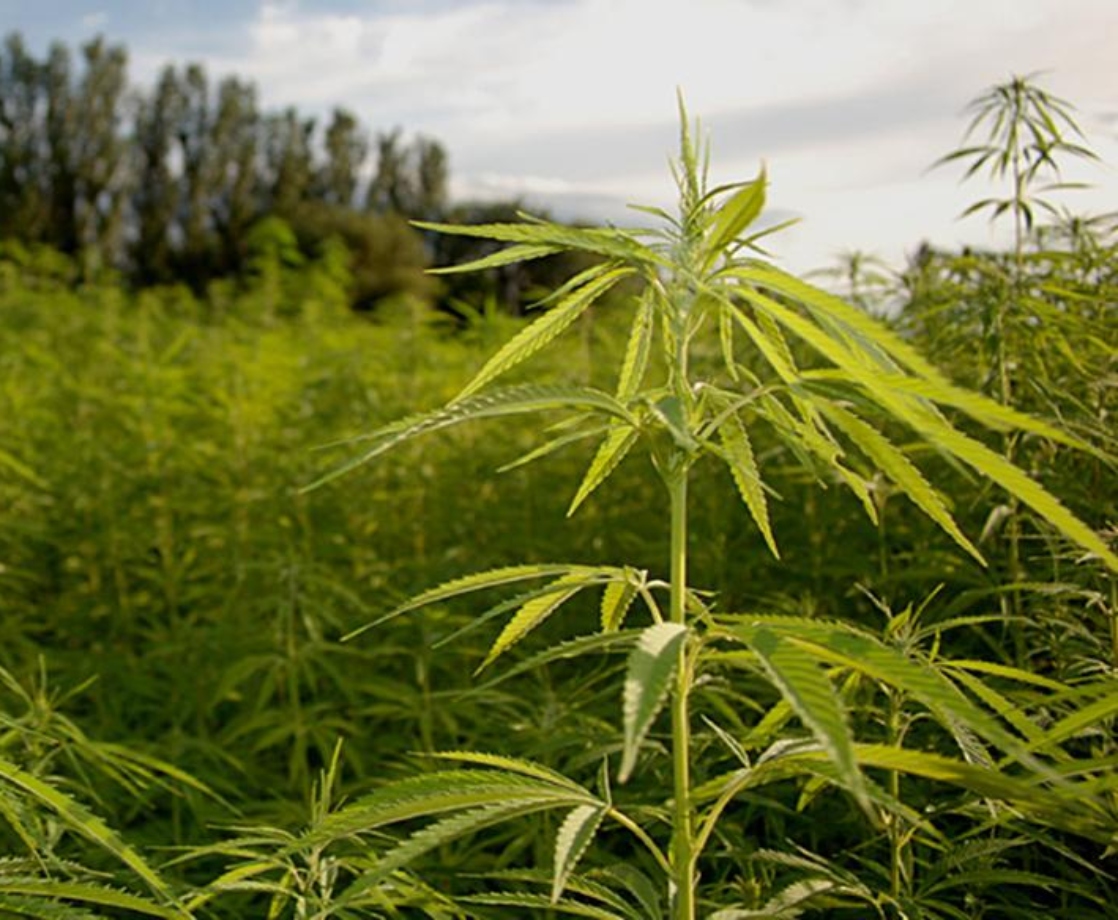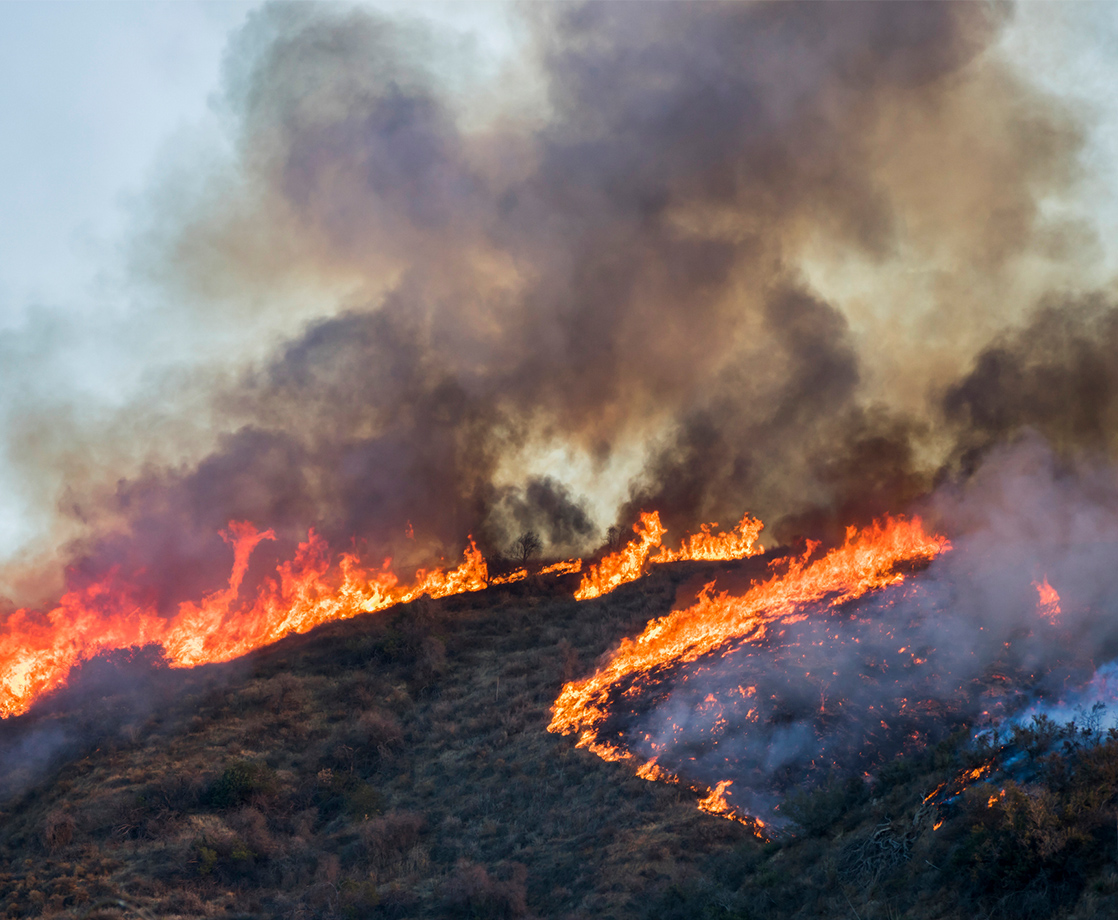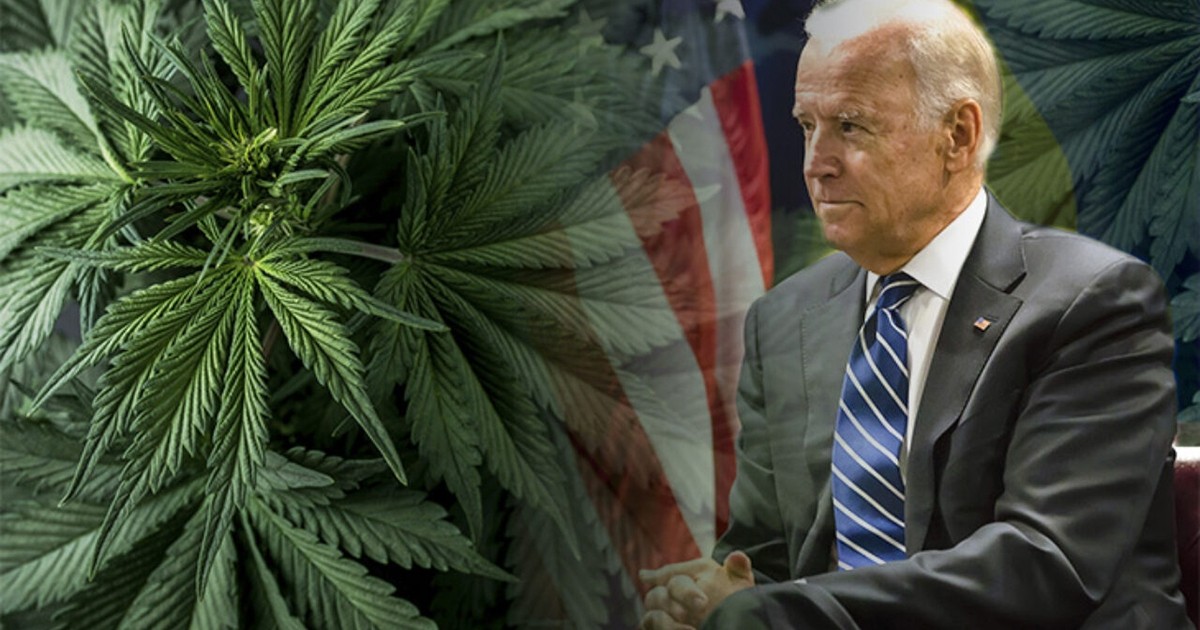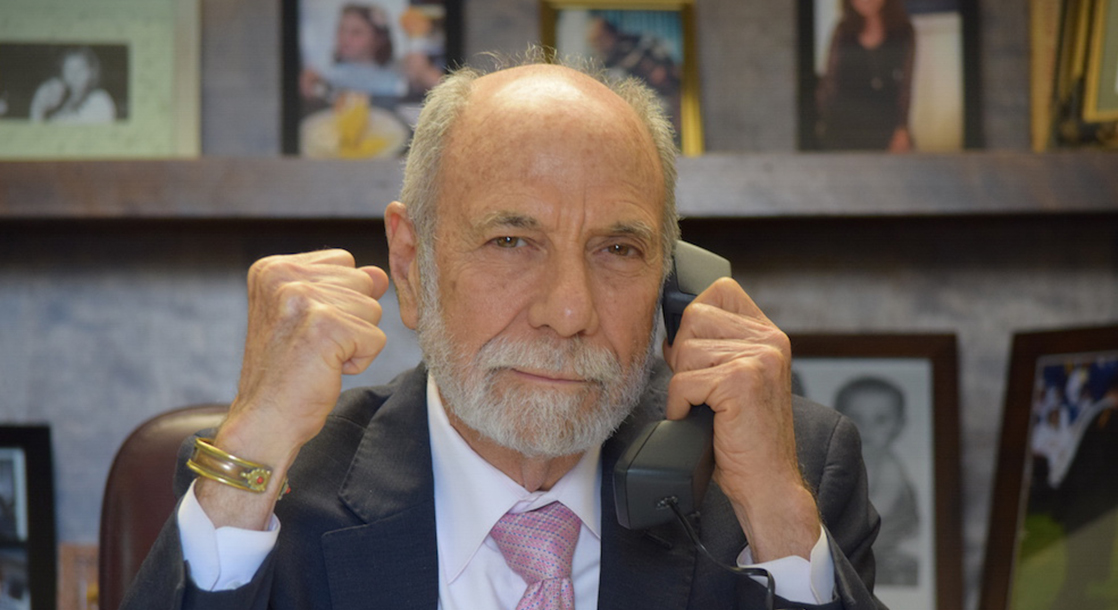The legalization of hemp is proving to be a botanical blessing for American Farmers. Although some hemp cultivators still intend to harvest this plant for its traditional uses such as fuel, fiber, or food, the vast majority of hemp farmers have their eyes on the CBD market: an explosive new industry that’s predicted to expand into a multibillion-dollar market within the next five years.
By 2023, sales of hemp-derived CBD products could exceed $23 billion, according to a new study conducted by the Brightfield Group, a Chicago-based cannabis market research firm. The new Hemp Cultivation Landscape study reports that hemp farmers could eventually net as much as $40,000 per acre in revenue by the time the market has fully matured.
This massive expansion has been made possible by the 2018 Farm Bill, which removed hemp from the Controlled Substances Act, effectively legalizing the plant. To date, 34 states have also legalized commercial hemp cultivation, with other states expected to follow — although four conservative states (Idaho, South Dakota, Mississippi, and Georgia) have actually chosen to keep this non-psychoactive plant illegal.
The study estimates that 285,000 acres of industrial hemp were planted in the US in 2019, and around 87 percent of those acres are expected to be harvested solely for CBD. This percentage is expected to decline as the industry matures, dropping to 82 percent by 2023. Analysts predict that hemp cultivation will grow by 75 percent in the next four years, resulting in a total of 2.7 million acres of hemp by 2023.
Gallery — Feel-Good CBD Memes You Can’t Get High On:
Colorado is currently leading the country in the amount of hemp it is growing, boasting 42,500 acres this year. Oregon and Montana are nearly tied for second place, with 29,859 and 29,400 acres, respectively. Tennessee (20,000 acres), Arizona (18,000 acres), and Michigan (16,122 acres) are also becoming major hemp producers.
The report notes that many farmers are choosing cloned plants over seeds, largely to ensure that only female plants are produced. CBD levels are highest in unpollinated female plants, and cross-pollination from male plants can reduce total CBD yields. This has led to a shortage of certified feminized hemp seeds and clones, increasing farmers’ risks of growing lower-CBD harvests.
Hemp now seems like one of the most lucrative crops available to America’s farmers today, but growing this cannabis variant is not without its risks. In addition to the difficulty involved in raising only female plants, farmers are also struggling to navigate the new hemp marketplace, where companies will sometimes back out of purchasing deals. Hemp harvesting is also particularly labor-intensive, and is requiring many farmers to retrofit their equipment in order to specifically harvest hemp flower, which is highest in CBD.











